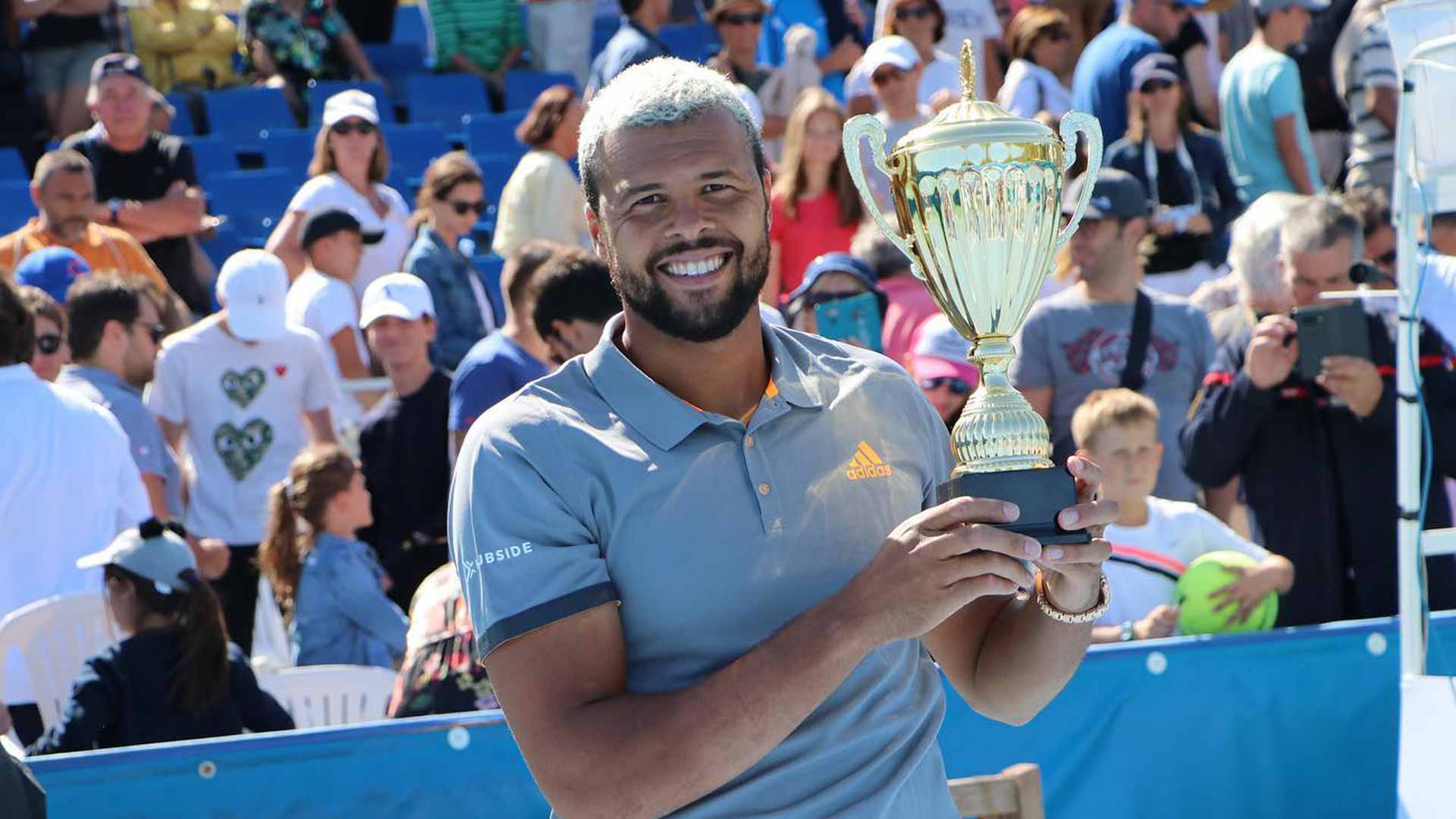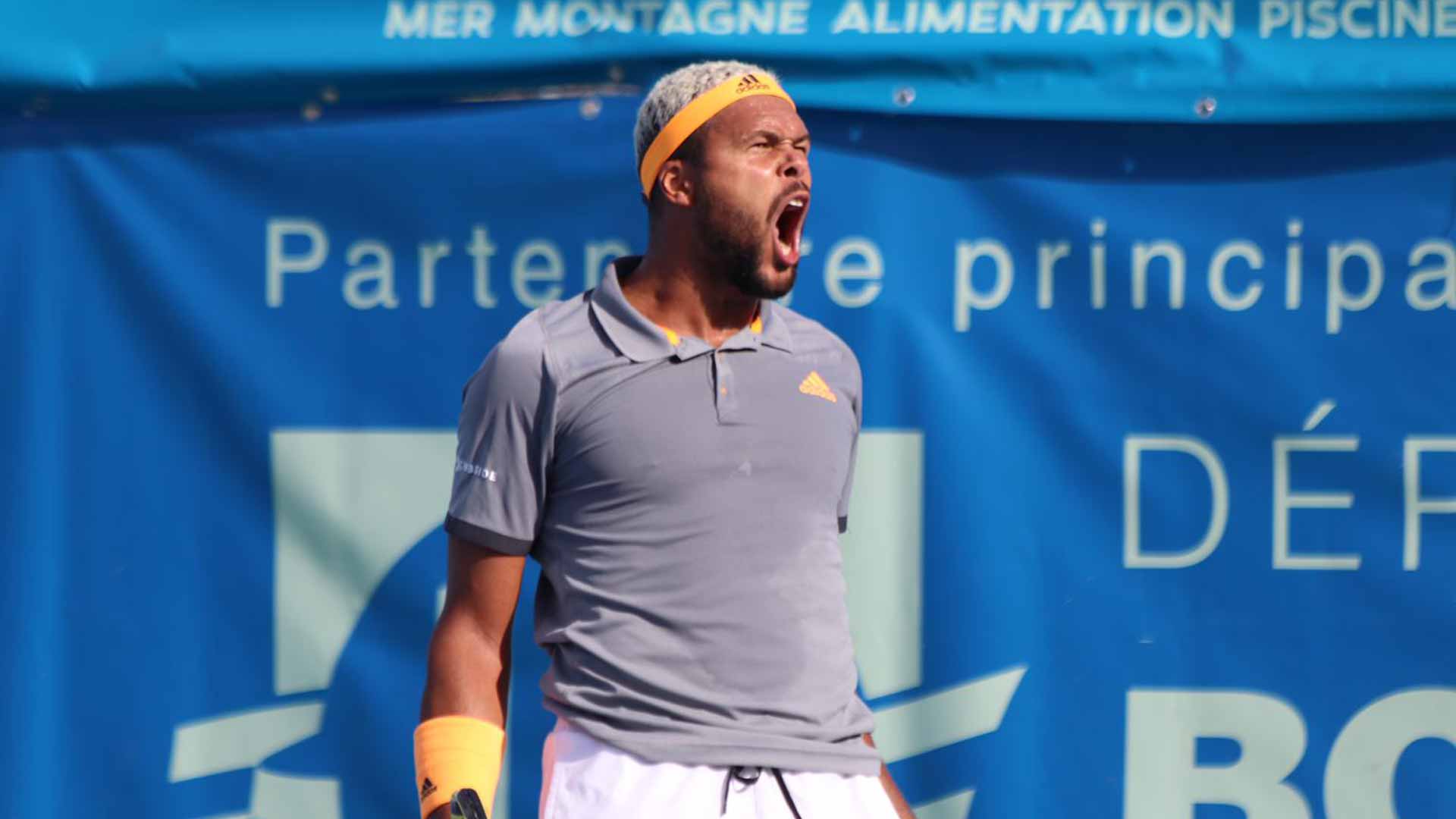Giulio Zeppieri: Five Things To Know About Milan Alternate
Giulio Zeppieri: Five Things To Know About Milan Alternate
Giulio Zeppieri is prepared to step in if needed at the Next Gen ATP Finals. The 17-year-old Italian earned his alternate spot at this year’s event by winning a qualifying tournament last week that featured eight of the top Italian players in the ATP Race to Milan. NextGenATPFinals.com looks at five things to know about the rising star.
1. He’s used to the format in Milan.
The qualifying tournament Zeppieri won also featured the unique scoring system on display this week at the Allianz Cloud. Zeppieri rose to the occasion by defeating Enrico Dalla Valle 4-1, 4-3(3), 3-4(3), 1-4, 4-1 in the championship match.
2. He’s soared up the ATP Rankings this year.
Zeppieri finished 2018 at No. 1035 in the ATP Rankings, having played just five tournaments. He made the most of his first year focussing on pro events and now sits at No. 393. The teenager’s highlights this season include a maiden ATP Challenger Tour semi-final in Parma and his first ITF Futures title last month in Santa Margherita di Pula.
3. He prefers hard courts, but rarely plays on them.
The Italian prefers a speedy indoor court, but has played almost all of his pro events on clay this year. Although it may seems counterintuitive, there’s a method to his strategy.
“We have a lot of ATP Challenger [Tour events] on clay in Italy,” Zeppieri explained. “I get a lot of wild cards in these tournaments, so I’m happy to play them.”
Read More: Scouting Report: The Next Gen ATP Finals Field
4. He had an outstanding junior career.
Zeppieri reached the boys’ singles semi-finals this year at the Australian Open and peaked at No. 12 in the ITF Junior Rankings two months later. After his run in Melbourne, the 17-year-old felt he had maximised his time in junior competition.
“The biggest difference [from junior to pro events] is the consistency,” Zeppieri explained. “You can do a couple of errors in the juniors and still win matches, but at the Challenger level, you have to be 100 per cent focussed. You can’t make too many mistakes or else it’s not enough.”
5. He looks up to Paolo Lorenzi.
Paolo Lorenzi is known for mentoring rising Italian stars and the veteran has taken Zeppieri under his wing. They practise regularly during the year and the teenager believes he’s benefitted from the experience.
“For us in Italy, Paolo is an idol,” Zeppieri said. “He did something very big [by] getting to No. 33 in the ATP Rankings. It’s always special for me to play with him.”





